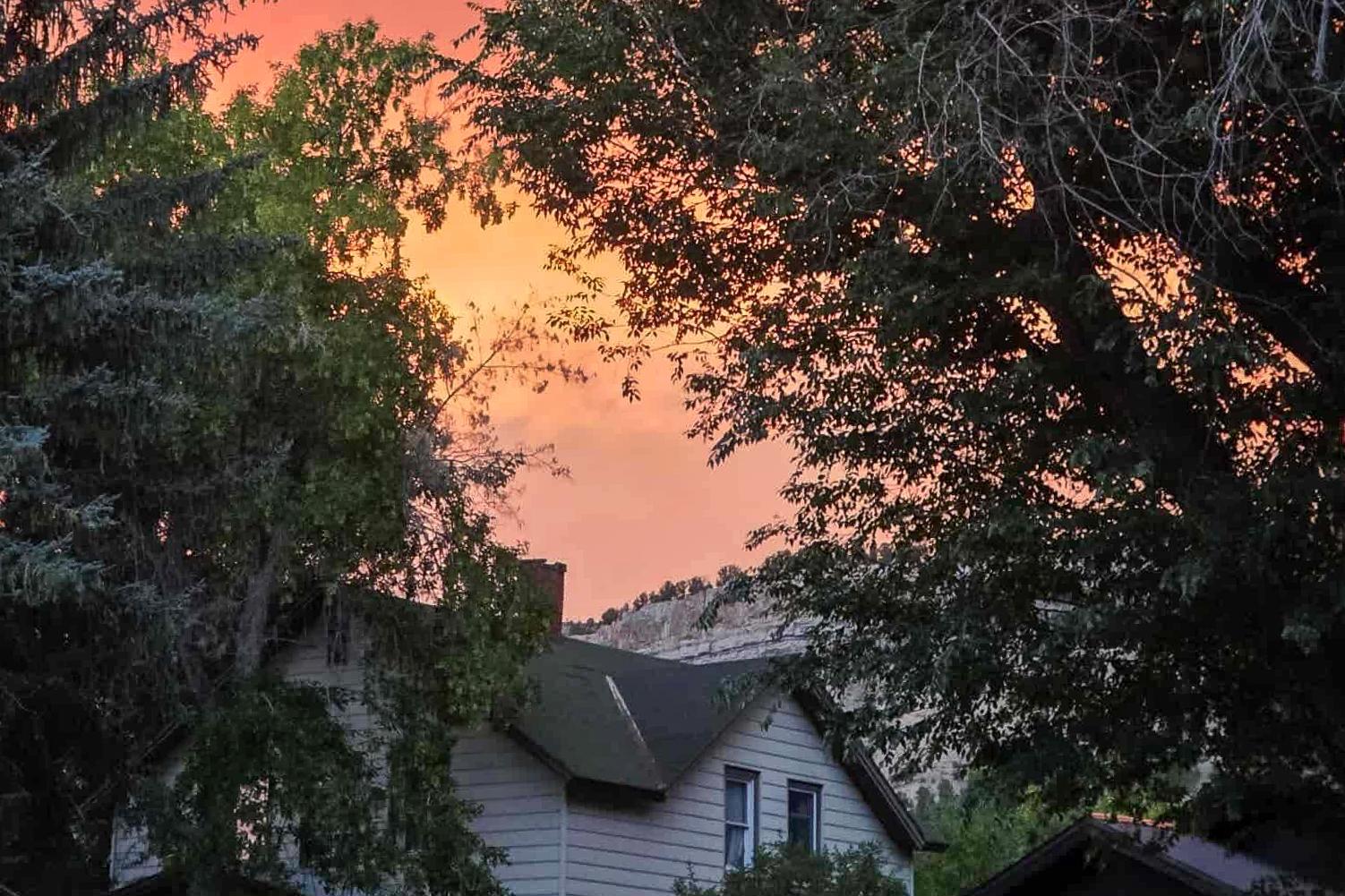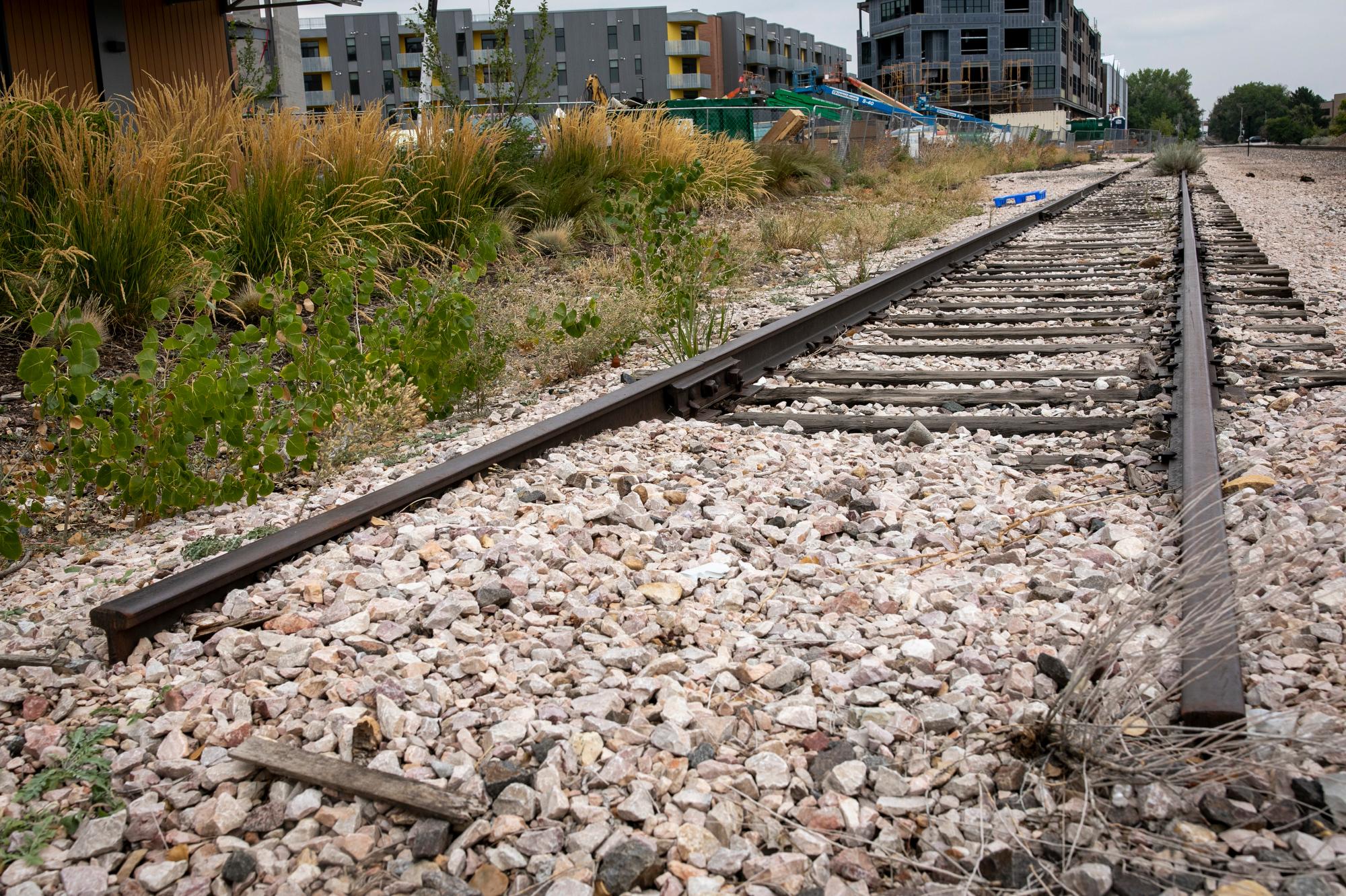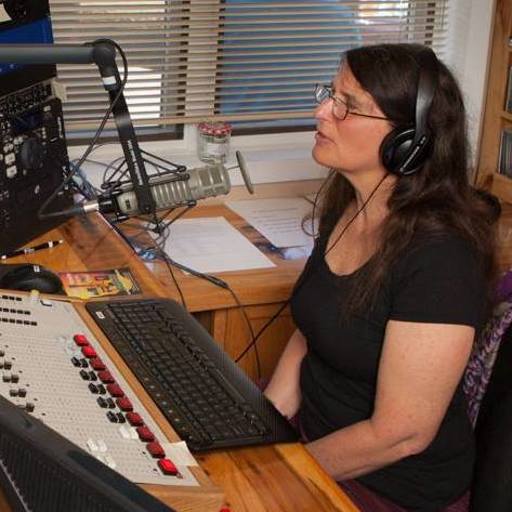
The state has issued several air quality advisories and warnings this week as smoke from multiple fires on the Western Slope blankets the state. In combination with dry conditions, heat warnings and air pollution, breathing the air is dangerous.
We spoke about the conditions and how it can impact your health with Katherine James, associate professor in the Department of Environmental and Occupational Health at Colorado School of Public Health, University of Colorado-Anschutz Medical Campus.
Here’s what you should know.
How dangerous is it?
“On a day like today with extreme heat, low humidity and wildfire smoke, that exacerbates existing chronic health conditions,” James warned.
Even those without existing conditions may experience symptoms like headaches and fatigue.
While respiratory symptoms may be the most obvious impacts of smoke, it can also cause other, more surprising ones. Wildfire smoke has been linked to depression, anxiety, and psychological distress.
What are the current threats?
“We kind of have a multi-pronged assault,” said James. Exposure to multiple factors, such as the extreme heat this week, can exacerbate the health effects due to ozone and particulate matter.
Ozone, which is caused by industrial pollution and fossil fuel emissions mixing in the atmosphere, is a harmful air pollutant. It can cause respiratory, liver problems and other issues. The Denver metro area has consistently been one of the worst cities in the country for ozone pollution, ranking 6th worst in the nation, according to the American Lung Association.
The Colorado Department of Public Health and Environment and the Regional Air Quality Council frequently issue action day alerts for high ozone, like it did Thursday for the Front Range.
Wildfires make ozone pollution more intense, leading to worse air quality. Fires release gases and particles, including volatile organic compounds and nitrogen oxides, the key ingredients necessary to form the pollutant. While the ozone layer helps protect against ultraviolet radiation high in the atmosphere, it’s dangerous at ground level, where it can harm humans, plants and animals.
According to the National Oceanic and Atmospheric Administration, recent studies suggest that exposure to wildfire smoke in combination with ozone can have more severe health impacts than either pollutant alone.
Higher temperatures, like Colorado is seeing this week, can increase ozone levels at the ground level, making the concentration higher.
Wildfire smoke can cause eye and throat irritation, coughing, wheezing, and shortness of breath — even for healthy people. It has been associated with lung damage in children, older adults, and people with preexisting respiratory or cardiovascular disease.
“While it doesn't seem smoggy today and we can't really see and smell it as much, we are experiencing exposure … on this chronic level,” James said. Research has shown that chronic exposure is connected to cognitive decline, mental health and cardiovascular issues.
It can exacerbate existing conditions, such as congestive heart failure, asthma or Chronic Obstructive Pulmonary Disease.
“On a day like today with increased particulate matter (i.e., dust) or wildfire smoke, previous research in Colorado has indicated a 64 percent increase in asthma-related pediatric emergency and urgent care visits,” James said.
Even for healthy people, this type of multiple exposure can be associated with headaches, dehydration, lethargy, or overall fatigue.
“We're also obviously seeing the increase in wildfires, both frequency and intensity, and all of that is contributing to increases in particulate matter of all sizes into the air,” said James. There are twice as many fires burning nationally as last year at this time.
How do I keep myself and my family safe?
“A lot of people will gauge how bad it is based on what they can see and smell. But if you can see it and smell it, it's too high,” said James.
Air quality can still be poor even when the sky is fairly clear. If you’re worried about ground-level ozone pollution, sign up for alerts from Colorado’s Regional Air Quality Council.
Avoid strenuous activities outdoors. Wear a mask if you must work outdoors. Exercise outside of peak pollution hours, early in the morning or later in the evening.
Stay indoors, away from smoky air, with windows closed, and if using AC, make sure the fresh air intake is closed to prevent smoke from entering. Check your furnace air filters and replace them if they are dirty.
If you live very close to any active wildfires, consider leaving the area for a while, if possible. If you’re running errands and feel fatigued, take a break indoors or take a break in your car with the AC running on recirculate.
You can also invest in HEPA filters for your home for added protection.
All of these same rules apply to your pets. Use extra precautions for children, the elderly, and those with pre-existing conditions.









